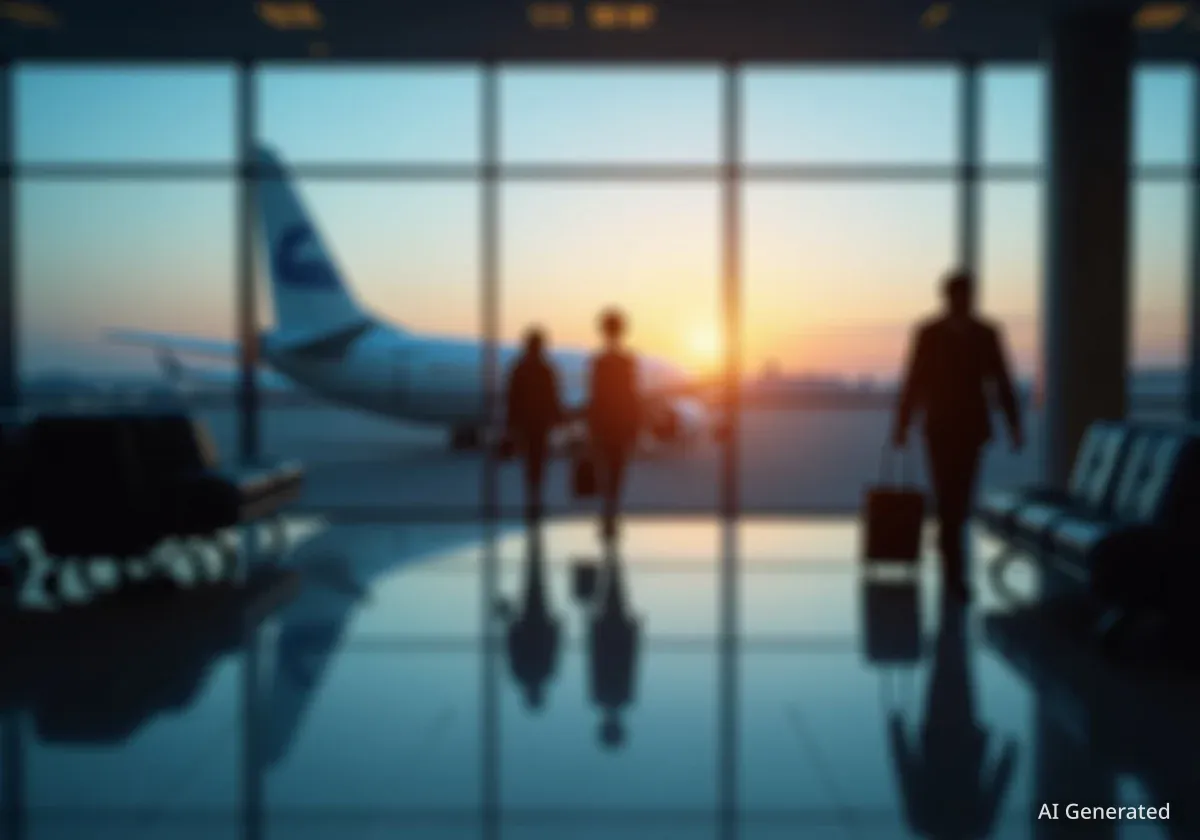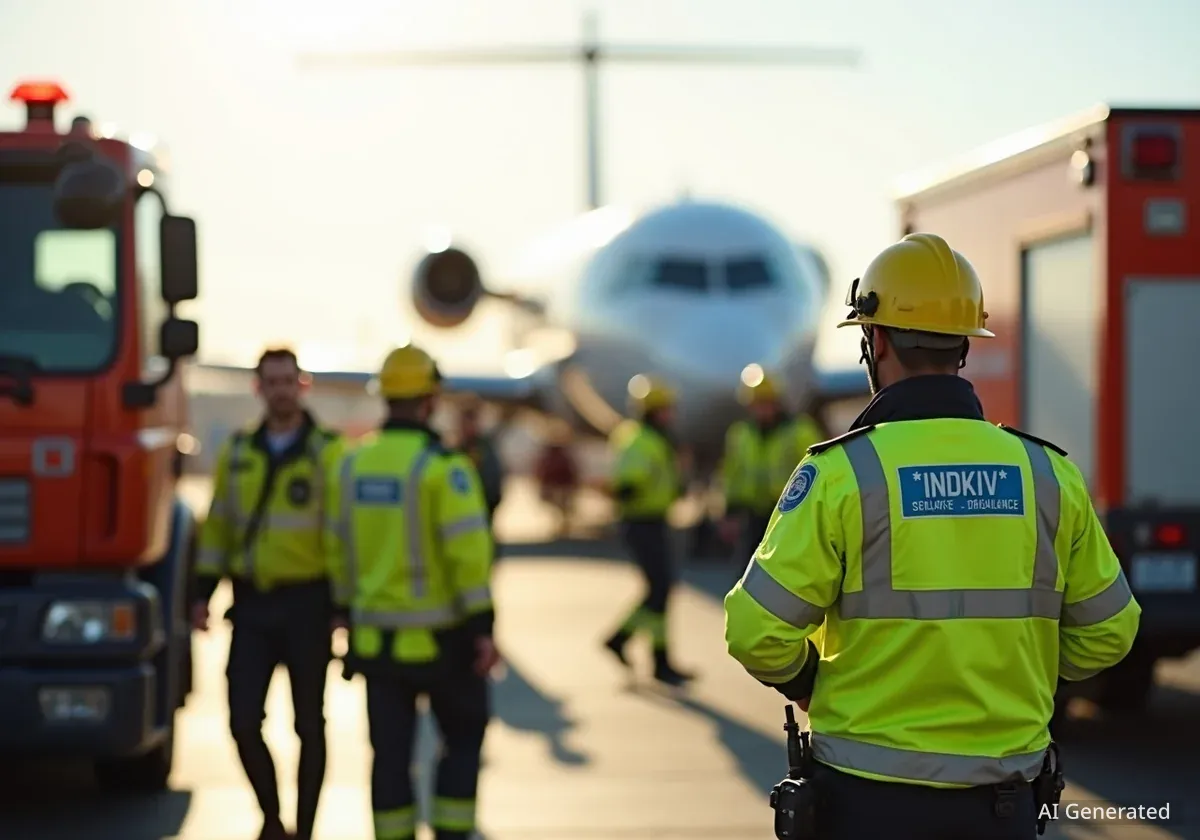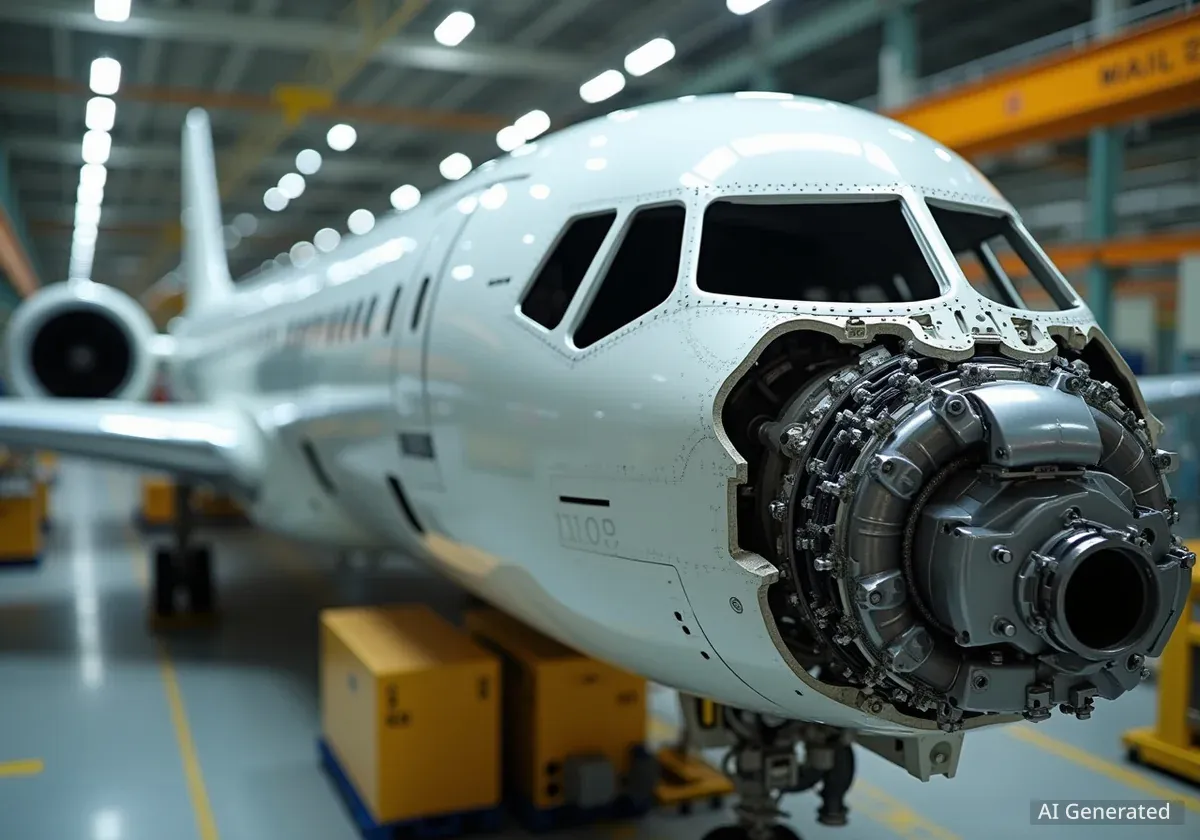As the United States government shutdown continues, concerns have grown regarding its potential effects on air travel, specifically flight delays and staffing levels at major airports. Newark Liberty International Airport (EWR) has seen a varying number of delays, prompting questions about the federal shutdown's role in airport operations.
Historically, government shutdowns have led to increased staff absences among essential federal workers, including air traffic controllers and Transportation Security Administration (TSA) agents, who are required to work without pay. This situation can strain airport systems and lead to disruptions for travelers.
Key Takeaways
- Newark Airport experienced 81 flight delays by early afternoon on October 9.
- Total delays reached 235 on October 6, 119 on October 7, and 163 on October 8.
- These delays are influenced by multiple factors, including weather and air traffic volume.
- Federal employees like TSA and FAA staff are working without pay during the shutdown.
- Newark's air traffic control tower is already understaffed, with only 48% of its required personnel.
Recent Flight Delay Numbers at Newark
Recent data from FlightAware, a global flight tracking service, shows the number of flight delays at Newark Liberty International Airport (EWR). By 1:06 p.m. on October 9, a total of 81 flights had been delayed at the airport. This number reflects ongoing operational challenges.
Looking at the days prior, October 6 recorded 235 delays at Newark. On October 7, the number decreased to 119 delays. However, delays rose again on October 8, reaching 163 flights.
Factors Causing Delays
Flight delays can stem from numerous causes. These include adverse weather conditions, high travel volume, and operational issues at the airport or with airlines. The current government shutdown introduces an additional layer of complexity.
Understanding Specific Delay Causes
For example, at 9:17 a.m. on October 9, the Federal Aviation Administration (FAA) reported an average departure delay of 15 minutes at Newark. The reason cited was "vol:multi-taxi." According to the National Business Aviation Association, this term indicates that too many aircraft are attempting to taxi simultaneously at the airport. This situation creates congestion on the taxiways, leading directly to departure delays.
Port Authority's Response and Concerns
The Port Authority of New York and New Jersey, which manages Newark Airport, released a statement on October 9 regarding the shutdown's impact. The Port Authority emphasized its status as a self-sustaining non-federal agency.
"As the Port Authority is a self-sustaining non-federal agency, a government shutdown does not impact our ability to operate our own facilities, like the airport terminals," the statement said.
However, the statement also acknowledged the broader implications. It highlighted that federal workers crucial to airport operations are affected. These include TSA agents, Customs and Border Protection (CBP) officers, and air traffic controllers. A reduction in these staff members could lead to significant operational challenges and delays at the airports.
Lessons from Past Shutdowns
The Port Authority noted that similar issues arose during the 2018-2019 federal government shutdown. During that period, essential federal employees continued to work without pay, eventually leading to increased absences and disruptions at airports nationwide. This historical precedent informs current concerns.
Current Operational Status and Mitigation Efforts
As of its October 9 statement, the Port Authority reported that it was not experiencing major operational impacts at its airports. To proactively address potential issues, the agency is implementing several measures.
- It is continuously monitoring staffing levels at TSA checkpoints and CBP inspection areas.
- The Port Authority is deploying additional customer care resources as needed.
- It is also closely coordinating with federal partners and the wider airport community.
These actions aim to minimize any disruptions for travelers and ensure smooth airport operations despite the federal shutdown.
Existing Pressures on Air Traffic Control
The current government shutdown adds significant pressure to an already strained air traffic control system at Newark Airport. The terminal radar approach control (TRACON) tower in Philadelphia, which manages air traffic for the Newark area, is notably understaffed. It operates with only 48% of its required personnel.
Air traffic controllers have faced ongoing challenges, including working with outdated technology. In April and May, radar and telecommunication systems experienced several outages. These technological failures led to operational adjustments at Newark Airport.
Impact of Technology Issues and Staffing Shortages
Following the spring's blackouts, the number of flights allowed at Newark Airport was reduced. The airport's capacity is 80 flights per hour. However, due to these issues, the hourly flight limit was lowered from 77 flights to 68 flights. This reduction aimed to ensure safety and manage the workload with limited resources and equipment.
Air Traffic Controller Workload
Air traffic controllers play a critical role in ensuring flight safety and efficiency. Their work is highly demanding, requiring constant focus and precision. Understaffing and outdated equipment increase the stress and complexity of their duties.
Federal Officials Acknowledge Stress on Controllers
U.S. Transportation Secretary Sean Duffy addressed the situation at a news conference held at Newark Airport on October 6. He acknowledged that the stress caused by the government shutdown is worsening an already difficult environment for air traffic controllers.
"When they come to work, I want them to think about the departures and arrivals of airplanes. I want to make sure they keep Americans safe and airplanes safe," Secretary Duffy stated.
He further highlighted the challenges faced by these essential workers.
"This shutdown has put way more stress on our controllers at a time where they're already working on equipment from the 1960s, 1980s, 1990s," Duffy added.
This statement underscores the dual challenge of understaffing and aging infrastructure that air traffic controllers are managing, now compounded by the financial uncertainty of the government shutdown.
Looking Ahead
The ongoing government shutdown continues to pose a risk to the smooth operation of air travel. While Newark Airport has not reported severe operational impacts yet, the underlying issues of federal worker pay, existing staffing shortages, and outdated technology remain critical concerns. Travelers should monitor flight status and airport advisories closely.
The situation at Newark reflects a broader national challenge for airports relying on federal employees. The long-term effects of sustained understaffing and delayed equipment upgrades could impact air travel efficiency and safety.





